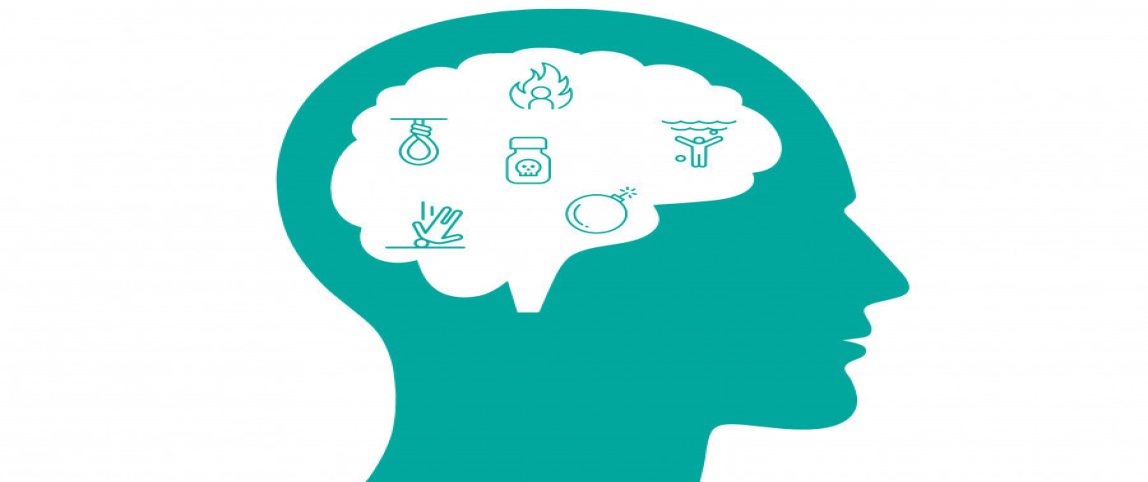Why Does Nepal Have an Average of Over 19 Suicides Per Day
THE KATHMANDU POST EDITORIAL | 02/01/2024
Text Size:
More and more Nepalis are afflicted with mental health problems. In keeping with the global trends, the mental health picture of Nepal worsened after the Covid pandemic, which caused an unprecedented health crisis and devastated economies. It left millions jobless. The pandemic happened at a time when the country was only just starting to recover from the 2015 earthquake. Many countries handled the post-pandemic situation efficiently. With innovative schemes and policies, they helped businesses rebound and created new jobs. But since that time the economic condition of most folks in Nepal has gone from bad to worse. Those who can leave the country the first chance they get. For those left behind for whatever reason, they feel a deep sense of frustration. They feel trapped. The consequences of this are often deadly.
The number of suicides is up. According to Nepal Police, 6,993 people died by suicide in the fiscal year 2022-2023, which averages to more than 19 a day. A year before, there were 6,792 such cases, which came to 18 a day. This number is going up even though Nepal in 2015 committed to bring it down to 9.7 per 100,000 people; last year, the figure was 24 per 100,000. The country had committed to the Sustainable Development Goal (SDG) target of reducing premature mortality from non-communicable diseases by a third. Yet the country seems to be going backwards. This is why it is heartening to learn that the National Planning Commission is now working on a suicide prevention strategy. At the least, it shows the government is starting to take the problem seriously.
What we see is that most people still hesitate to talk about their mental health problems and to visit mental health institutions when they need help. According to the World Health Organization, much can be done to prevent suicides at individual, community and national levels. Psychiatrists the Post talked to said even severely depressed people could be successfully treated with proper and timely counseling and medical help. The irony is that even if people choose to seek help, they struggle to get it. There are only a handful of well-trained psychiatrists and counselors in Nepal, and even they are heavily concentrated in a few urban hubs.
But there is a bright side too. Generally, the younger generations are more comfortable opening up about their mental health issues, even discussing them with friends and family members. That is the first step towards a sound mental health. And, again, it is heartening that the NPC, the specialized apex advisory body of the federal government, is working on a suicide prevention strategy.
It should make a pitch for a drastic increase in the money going into mental health, from the current level of around two percent of the total health budget. That money should then be pumped into developing mental health faclities, training good psychological counselors and having more suicide prevention hotlines. Unless good mental health services are available in government-run hospitals, they will continue to be out of the reach of the poor and middle-class Nepalis. These people are then also more likely to resort to extreme measures like suicides. Mental health issues including having suicidal thoughts are multi-dimentional problems. Tackling them will thus also require nuanced approaches.
(This article was first published by The Kathmandu Post, Nepal).
















